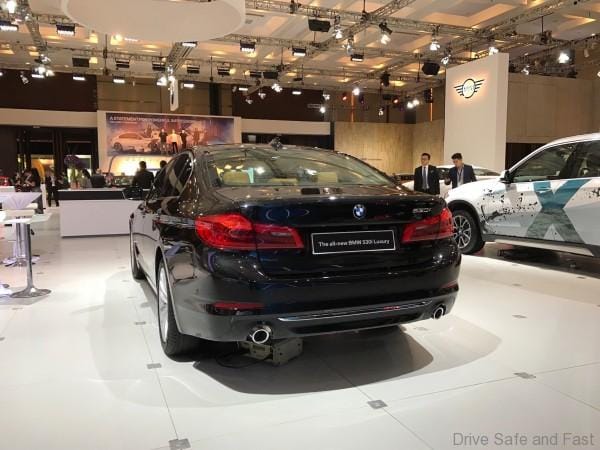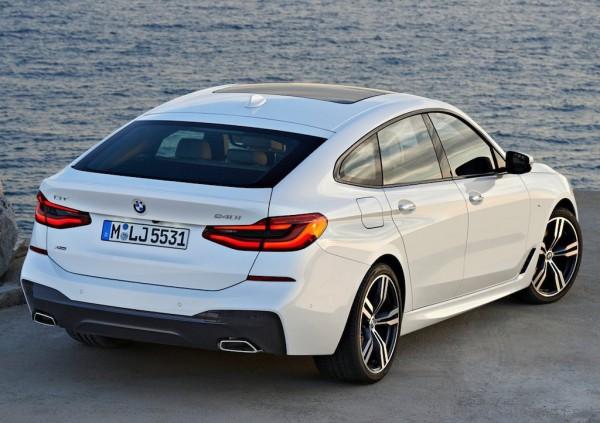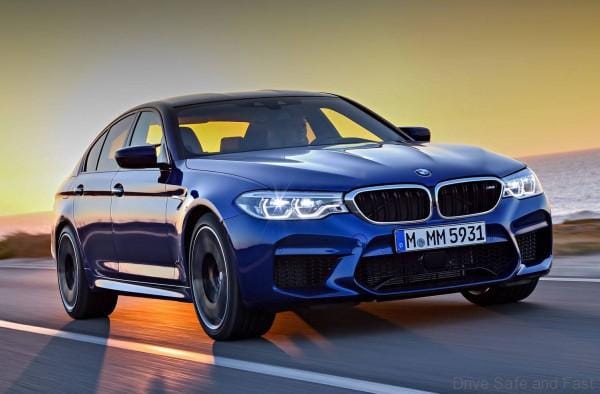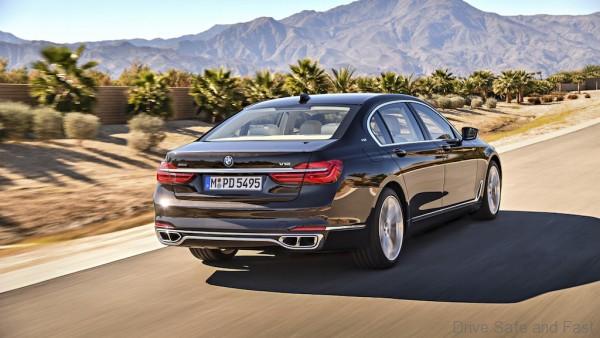Whether you’re aware of it or not, many car manufacturers have logical naming schemes. Most car enthusiasts know these by heart, but we thought we’d do a little deconstructing.
Before we get into it, it’s worth noting that these logical naming schemes, or ‘nomenclatures’ are usually done by premium car brands. In part 6, we’ll cover BMW’s nomenclature.
Keep in mind that this is more of a guide to the current nomenclature than a 100% accurate dissection that will stand up against close scrutiny. We’re also going to avoid talking about chassis designations, which will change with every generation of the model.
Let’s begin.
I’m going to use two examples for BMW because there are two paths for BMW nomenclature. The ‘5-Series’ and ‘X5’ are my examples.
These cars are casually refered to in this way:
“BMW 5-Series” and “BMW X5”
But if you search “BMW 5-Series” on a typical listing site, you will find many variants. Let’s take the more complete name of a typical BMW as an example:
“BMW 530i Sedan M Sport”
Search “BMW X5”, and you might find:
“BMW X5 xDrive40e M Sport”
Let’s break these down into chunks.
1. Model (in categories)
2. Performance indicator
3. Bodystyle
4. Equipment
Let’s begin.
1. BMW 530i Sedan M Sport / BMW X5 xDrive40e M Sport
Most BMW models will feature 3 digits in their full model names. The first digit points to which model it is. The last two digits point to the power output, which we will describe later. First, let’s focus on the first digit.
Broadly speaking, there are 5 categories of vehicles the BMW offers.
Category 1: Core/Alternative to core
These vehicles form the basis of the fleet. They’re versatile, sell in relatively high numbers. The first number in their model names point to which ‘Series’ they belong. ‘Series’ is used to describe the entire model range, but there are just too many engine and output choices, so numbers are used instead.
Core
Their core products are those which begin with odd numbers.
1-Series
3-Series
5-Series
7-Series

Alternative Core
Even numbered models TEND to be more specific in their appeal. Most have some close connection to a core product (one number down), but bear distinct styling, function and performance characteristics.
2-Series (like the 1-Series, but available as a Coupe or MPV)
4-Series (like the 3-Series, but available with sportier styling)
6-Series (like the 5-Series, but available with more practical styling)
8-Series (upcoming sports coupe)

Category 2: Crossovers/SUVs
These are often related to their core products. Even where they are not, the general rule still applies: odd numbers have mass appeal, even numbers have specific appeal. BMW likes to refer to their crossovers/SUVs as ‘Sports Activity Vehicles’ or ‘Sports Activity Coupes’, but this is more marketing than anything.
X1
X2
X3
X4
X5
X6
X7 (upcoming)

Category 3: Roadsters
These are two door, convertible, low volume vehicles. Since the Z1, BMW has jumped to Z8 to Z3 before settling with Z4 as the defacto roadster. There is usually only one Z car in the portfolio at all times, so no need for the number attached to the Z to make much sense.

Category 4: i Division cars
BMW’s i Division is committed to making electricity a big part of mobility. Right now they’ve two models, with many more being planned.
i3
i8
iX3
iX

Category 5: M Division cars
M Cars
When BMW M division offers two sorts of vehicles. M cars and M Performance cars. M cars are all-out performance-focused vehicles with no-compromise petrol engines.

For M cars The rule here is if it’s a core model, put an ‘M’ before of the series number (example: 5-Series becomes M5). If it’s a Crossover/SUV, put an ‘M’ after the model name (example: X5 becomes the X5 M).
M2
M3
M4
M5
M8
X3 M
X4 M
X5 M
X6 M
M Performance Cars
M Performance cars are still sporty, but tend not to be as all-out as full M cars. Some are offered with high-output diesels. The naming rules here is to place an ‘M’ before the model+output indicator (example: an M Performance 5-Series is the M550i). If it’s a Crossover/SUV/roadster, put an ‘M’ after the model name, but before its output indicator (example: an M Performance X5 is the upcoming X5 M50d).
M140i
M240i
M550i
M550d
M760Li
M850i
X2 M35i
X3 M40i
X4 M40i
X5 M50d
X6 M50d
Z4 M40i

2. BMW 530i Sedan M Sport / BMW X5 xDrive40e M Sport
The next thing we will tackle is the performance indicator.
This section can be split into 3 parts.
Engine Output, Fuel type, Powered wheels
Engine Output
This is indicated by the two digits you see after the model name. So, in the case of a core model like the 5-Series, the ‘30’ is meant to indicate that it ‘feels’ like a 3-litre engine. In the case of the X5, the ‘40’ is meant to indicate that it ‘feels’ like a 4-litre engine. In truth, both of these are powered by 2-litre turbocharged petrol engines, but there’s MORE to it than that. It’s also worth noting that the numbers are often used to cater to more segments of the market.
14
16
18
20
23
25
28
30
35
40
45
50
60

Fuel Type
This is indicated by the lowercase alphabet after the Engine Output. In core models like the 5-Series, this is styled like this: 530i. In Crossovers/SUVs/Roadsters, this is styled like this: X1 sDrive20i.
BMW currently offers 3 fuel types:
i = petrol
d = diesel
e = plug-in hybrid
It’s worth noting that plug-in hybrid models fall under BMW i Division’s ‘i Performance’ range. These combine a host of BMW technologies, most notably the eDrive system. You’ll see ‘eDrive’ badges on these cars, but they don’t appear on the model name.
Powered Wheels
If a vehicle has BMW’s all-wheel drive system in place, ‘xDrive’ will be indicated. Core models will indicate this after the power output and fuel type (530d xDrive).

Crossovers, SUVs, and some other models may put this before the power output and fuel type (X5 xDrive40e).

You’ll also notice that crossover/SUV/roadster models without all-wheel drive feature ‘sDrive’ in the same format. ‘sDrive’ isn’t anything special, it just means the vehicle in question isn’t equipped with all-wheel drive.
3. BMW 530i Sedan M Sport / BMW X5 xDrive40e M Sport
Many core and alternative core models feature multiple body styles. Where this is the case, BMW will indicate the bodystyle after the model name and performance indicator.
Crossover/SUV

Default
Crossover/SUV: basically all ‘X’ models
Hatchback: available in 3-door or 5-door versions (1-Series and i3)
Sedan: default style on most core models (3-, 5-, 7-Series, 1-Series in China)
Coupe: default style on most alternative core models (2-, 4-, 6-, 8-Series, i8)
Practical
Touring: wagon/estate bodystyle available on few core models (3-, 5-Series)
Gran Turismo – 5-door fastback (3-, 6-Series)
Active Tourer – 5-seater Compact MPV (2-Series)
Gran Tourer – long-wheelbase 7-seater Compact MPV (2-Series)
Alternative
Gran Coupe – 4-door coupe (4-, previous 6-Series)
Convertible – Drop-top 2-door bodystyle (2-, 4-, 6-, 8-Series)
Roadster – Drop-top sportscoupe (Z4, i8)
* Long Wheelbase sedan models have an ‘L’ indicated between the engine output and fuel type indicators (example: 740Le). Older models would reverse this arrangement (740iL back in the ‘90s).

4. BMW 530i Sedan M Sport / BMW X5 xDrive40e M Sport
BMW also packages some models with different equipment levels. Every market will have variants with regards to trim level. Because these vary from market to market, it’s best to ask your dealer what equipment you get with each equipment level.

Here are some typical trim/equipment levels:
Sport
Luxury
M Sport
That’s about all you need to decipher what model names mean according to BMW. Here’s a list of all the brands we’ve got nomenclature guides for: